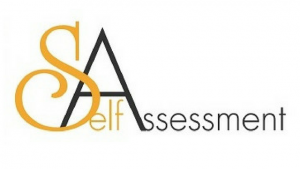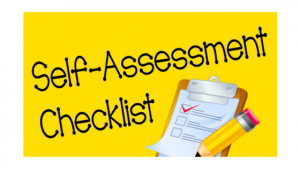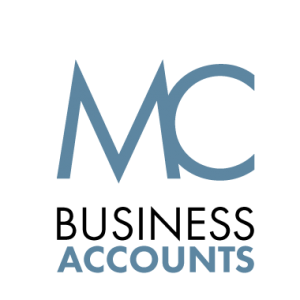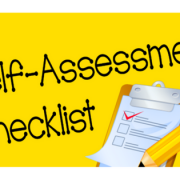Self assessment – what you need to know

Many more of us (and not just those who are self employed or running a business) are having to fill in self assessment tax forms every year. These forms detail all of your sources of income, including PAYE, self employment and property ownership, dividends etc and works out how much tax you should have paid for the year. What you have already paid is taken off and the result is your tax bill.
Although HMRC have worked hard to make sure that the Self Assessment form is relatively simple, there are a few things you can do to ensure that you have all the details you need to fill it in successfully on time and that you do not overpay or underpay your tax.
- A normal tax year runs from 6th April until the 5th April the following year. If you are filling out your self assessment on paper you should file it by 31st October, if doing it online it must be completed and submitted by 31st January. You will be expected to pay any tax owed on 31st January too.
- You should fill in a self assessment if you are a sole trader, in a partnership or run a limited company.
- To file online you need to register with HMRC and get their Government Gateway ID. This will allow you to create an account that you can use each year.
- You need to work out all of your income for the financial year including all paid invoices, sales finished but not yet paid for, private sales relating to your business and any other sources of income. Keep records of all of these income payments.
- Take note of interest payments and income from property separately – you’ll need this later. Find P60s and P11D forms from any paid employment you did.
- Work out your expenses. You can check the HMRC site for what is allowable, but generally it includes anything work related such as travel, software, accountancy fees, memberships and use of home. You need evidence of these expenses such as invoices, receipts and bank account statements. You can include capital expenditure (such as computers or vehicles) separately.
- Now you have all this information together you are ready to file. You can do this online or use the written form. Once complete the system will automatically generate your result and tell you what you need to pay. You must pay this, plus an amount on account on the 31st January – minus any payments on account already made.
- If you fail to file on time you will be fined £100.

Your checklist
- Work out if you need to file a Self Assessment and take note of the filing dates
- Register for the online system and set up your account
- Add up all of your income for the financial year
- Keep a record of all of this income
- Add up all of your expenses for the year
- Declare any large purchases or capital expenditure
- Keep copies of all receipts, statements and invoices – these can be scanned
- Collect together any employment records and forms
- Find any bank interest certificates
- Add up other income from property or shares
- File using the method you prefer – or ask your accountant to do it for you
- File and submit
- Pay your tax bill
If you have been careful to keep good records throughout the year (using software designed for this purpose will really help) this should be no more than a days work to pull together. However, you can always ask for the help of your accountant to complete your self assessment and have the peace of mind that you are paying no more than you need to.





Leave a Reply
Want to join the discussion?Feel free to contribute!